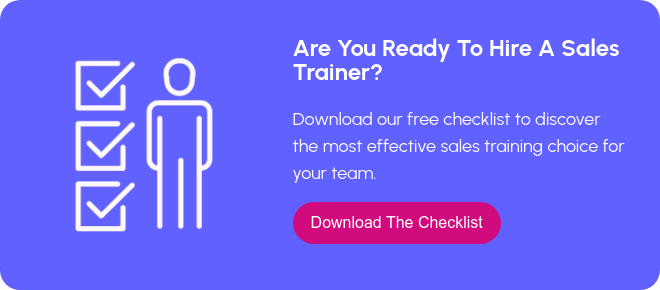Are You a Responsive Business or Do You Have Slow Reflexes?
by Shawn Karol Sandy, on Oct 11, 2014 5:04:19 PM
One of the most amazing benefits technology has delivered to consumers is the function of immediacy and the ability to make purchases, decisions and changes in an instant.
I can buy movie tickets, stream a movie, transfer money, pay bills, post a blog, ship artwork, meet colleagues, collaborate on a presentation, host a webinar and order vacuum bags all from a smart phone or tablet from practically anywhere in the world. Running your life has never been easier to coordinate than now when you have the ability to interact with businesses that anticipate and respond to your needs immediately.
The same can be true for businesses and their customers. Access to greater choices in product sources, competitive pricing, viral marketing, consumer reviews—technology has brought many low investment, high return tools to business owners that allow them to act instantaneously with their customers or suppliers.
What many small and midsized businesses are not leveraging completely though is customer facing technology. Business to business providers are especially sluggish in adopting technology to search out, engage and be accessible to customers. Slow reflexes could be costing you customers and profit if you’re not being responsive in your business.
Being responsive is one of the new tenets of Modern Consumers (customers demand authentic, collaborative, responsive and transparent businesses). Responsive is entirely different than being reactive.
Responsive businesses leverage tools and technology to engage and interact with their customers before, during and after sale or service.
Reactive businesses are missing big pieces of the customer puzzle if they are waiting for contact, problems or sales to interact with customers.
Modern consumers require more than reactive businesses, they’re expecting their experiences to be more comprehensive and interactive than just their point of sale or buying experience.
4 Points to be a More Responsive Business to Customers
1. Be accessible
Can customers contact you to ask questions? Do they have to fill out a form and wait, or can they open a chat window or pick up the phone and access an expert? Are you visible and accessible in the same “channels” that your customers use? Are you approachable in the business – to both customers and employees? Do you invite collaboration, partnerships, ideas and suggestions.
2. Be accountable
Does your business keep the promise of your product, service, or brand or are you missing the mark on your customers’ expectations?
Are you consistent in your communication, emails, posts so that when people accept your communication, you continue to show up when and where they can find you? Do you have a process to make amends when you drop the ball or break trust with your customers? Can you own your mistakes and turn problems into opportunities?
3. Meet people where they are
With the abundance of information, case studies, test drives, comparisons and reviews, buyers come in to your business with varied levels of knowledge and education. Understand where your customer is in their search and decision making and know how to help them buy from that point. Don’t assume, don’t use industry jargon, and don’t start from the beginning. Ask or uncover where your customer is on their journey and then meet them there through their preferred communication channels.
4. Be part of their world
Buyers don’t use your products or services in a vacuum. Your business is generally going to be a piece of the puzzle for their big picture. If you sell commercial ovens, you need to know what’s happening in the entire restaurant industry.
If you’re a commercial construction general contractor, you need to understand what’s important in the commercial real estate market and what’s driving tenant deals. If you’re in retail and sell high end glasses frames, what trends will your customers be wearing and influence their purchases with you?
Knowing what, how, when, why and with whom your customers will be using your product can help you be more valuable in their buying experience.
Understand the big picture of where you or your product fits in and educate and engage people in those channels (upstream, downstream and horizontally) so you can understand industry developments, trends and anticipate what your customers are looking for and how you can add more value to their experiences.
Examine Your Buying Experiences and How You Buy
What conveniences do you use to help you make decisions and purchases? How do you search and collect information before you buy? How do you engage and communicate before and after the sale?
Measure how meaningful your experiences are as customers and turn around and apply those to see how responsive you are to your current and potential customers.
.webp?width=12693&height=4513&name=Sauce%20Logo%20Dark%20Ht%20(1).webp)

.webp?width=180&height=64&name=Sauce%20Logo%20Dark%20Ht%20(1).webp)












